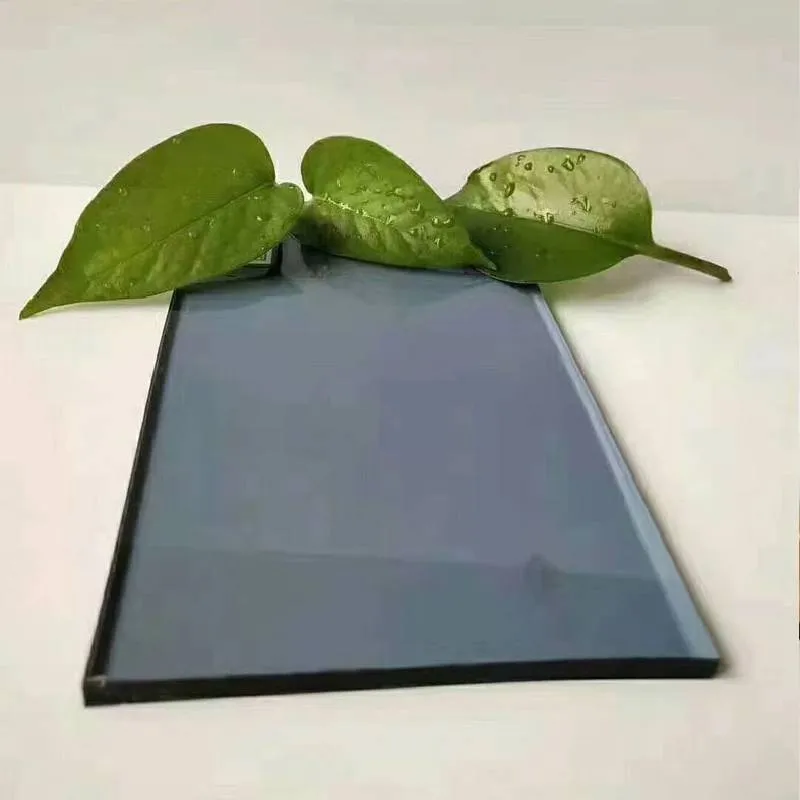The Pricing Landscape of Architectural Glass
Architectural glass has become a cornerstone material in modern construction, playing a pivotal role in aesthetics, functionality, and energy efficiency. As the demand for innovative building designs rises, so does the complexity surrounding architectural glass pricing. This article will explore the factors influencing the cost of architectural glass while providing insights into market trends and future projections.
Understanding Architectural Glass
Architectural glass is a broad category that includes a variety of glass types, such as tempered glass, laminated glass, low-emissivity (Low-E) glass, and insulated glass units (IGUs). Each type offers distinct benefits, from enhanced safety and sound insulation to improved thermal performance. The selection of the appropriate glass type is crucial for architects and builders, as it directly influences the overall quality and cost of a project.
Factors Influencing Price
1. Type of Glass The fundamental distinction among types of architectural glass significantly affects pricing. For instance, tempered glass, known for its strength and safety, typically costs more than regular float glass due to its specialized manufacturing process. Laminated glass and Low-E glass, which offer additional safety and energy efficiency, also command higher prices.
2. Thickness and Size The thickness and dimensions of the glass can greatly impact its cost. Custom-sized glass panels or thicker options for enhanced durability usually result in higher expenses. Additionally, oversized glass sheets require specialized handling and installation, further increasing costs.
3. Coatings and Treatments Many architectural glass products undergo various coatings and treatments to enhance performance. Low-E coatings, for instance, provide thermal insulation and UV protection but add to the overall cost. Similarly, acoustic treatments for sound reduction can elevate prices, depending on the project’s specific requirements.
architectural glass price
4. Complexity of Design The intricacy of a building’s design plays a critical role in pricing. Curved or uniquely shaped glass panels require precision engineering and can be more expensive to produce and install than standard flat glass. Moreover, custom fabrication is often necessary for unique architectural designs, leading to increased labor and manufacturing costs.
5. Market Trends and Economic Factors The architectural glass market, like any other, is subject to economic fluctuations. Economic growth can stimulate building projects, increasing demand for glass, which may lead to higher prices. Conversely, during downturns, demand can decline, potentially stabilizing or even lowering prices. Supply chain disruptions, fluctuating raw material costs, and trade policies also contribute to pricing variability.
6. Sustainability and Environmental Regulations There is a growing trend towards environmentally sustainable building materials. Architectural glass that meets specific energy efficiency standards may incur higher costs due to the added manufacturing processes. However, opting for energy-efficient glass can lead to long-term savings in energy costs, making it a worthy investment.
Current Market Trends
As of 2023, the architectural glass market has shown resilience despite global challenges. Innovations in technology have led to the development of more energy-efficient and sustainable glass products, attracting environmentally conscious builders and consumers. The demand for aesthetically pleasing designs has also remained strong, with glass being a preferred choice for facades, windows, and interior partitions.
Additionally, the rise of smart glass technology, which can change its properties based on environmental conditions, has further diversified the market. This innovative technology is more expensive but offers significant advantages in energy savings and user comfort.
Conclusion
In conclusion, the pricing of architectural glass is influenced by a myriad of factors including the type of glass, its dimensions, coatings, market dynamics, and design complexity. As the construction industry continues to evolve, the demand for high-quality, energy-efficient glass will likely remain strong, pushing prices upward in certain segments. Stakeholders in the industry must stay informed about these trends to make educated decisions about material selection and project budgeting. Understanding the architectural glass pricing landscape is crucial for architects, builders, and consumers alike, ensuring that projects meet both aesthetic aspirations and functional needs without exceeding budget constraints.
 Afrikaans
Afrikaans  Albanian
Albanian  Amharic
Amharic  Arabic
Arabic  Armenian
Armenian  Azerbaijani
Azerbaijani  Basque
Basque  Belarusian
Belarusian  Bengali
Bengali  Bosnian
Bosnian  Bulgarian
Bulgarian  Catalan
Catalan  Cebuano
Cebuano  Corsican
Corsican  Croatian
Croatian  Czech
Czech  Danish
Danish  Dutch
Dutch  English
English  Esperanto
Esperanto  Estonian
Estonian  Finnish
Finnish  French
French  Frisian
Frisian  Galician
Galician  Georgian
Georgian  German
German  Greek
Greek  Gujarati
Gujarati  Haitian Creole
Haitian Creole  hausa
hausa  hawaiian
hawaiian  Hebrew
Hebrew  Hindi
Hindi  Miao
Miao  Hungarian
Hungarian  Icelandic
Icelandic  igbo
igbo  Indonesian
Indonesian  irish
irish  Italian
Italian  Japanese
Japanese  Javanese
Javanese  Kannada
Kannada  kazakh
kazakh  Khmer
Khmer  Rwandese
Rwandese  Korean
Korean  Kurdish
Kurdish  Kyrgyz
Kyrgyz  Lao
Lao  Latin
Latin  Latvian
Latvian  Lithuanian
Lithuanian  Luxembourgish
Luxembourgish  Macedonian
Macedonian  Malgashi
Malgashi  Malay
Malay  Malayalam
Malayalam  Maltese
Maltese  Maori
Maori  Marathi
Marathi  Mongolian
Mongolian  Myanmar
Myanmar  Nepali
Nepali  Norwegian
Norwegian  Norwegian
Norwegian  Occitan
Occitan  Pashto
Pashto  Persian
Persian  Polish
Polish  Portuguese
Portuguese  Punjabi
Punjabi  Romanian
Romanian  Russian
Russian  Samoan
Samoan  Scottish Gaelic
Scottish Gaelic  Serbian
Serbian  Sesotho
Sesotho  Shona
Shona  Sindhi
Sindhi  Sinhala
Sinhala  Slovak
Slovak  Slovenian
Slovenian  Somali
Somali  Spanish
Spanish  Sundanese
Sundanese  Swahili
Swahili  Swedish
Swedish  Tagalog
Tagalog  Tajik
Tajik  Tamil
Tamil  Tatar
Tatar  Telugu
Telugu  Thai
Thai  Turkish
Turkish  Turkmen
Turkmen  Ukrainian
Ukrainian  Urdu
Urdu  Uighur
Uighur  Uzbek
Uzbek  Vietnamese
Vietnamese  Welsh
Welsh  Bantu
Bantu  Yiddish
Yiddish  Yoruba
Yoruba  Zulu
Zulu 

